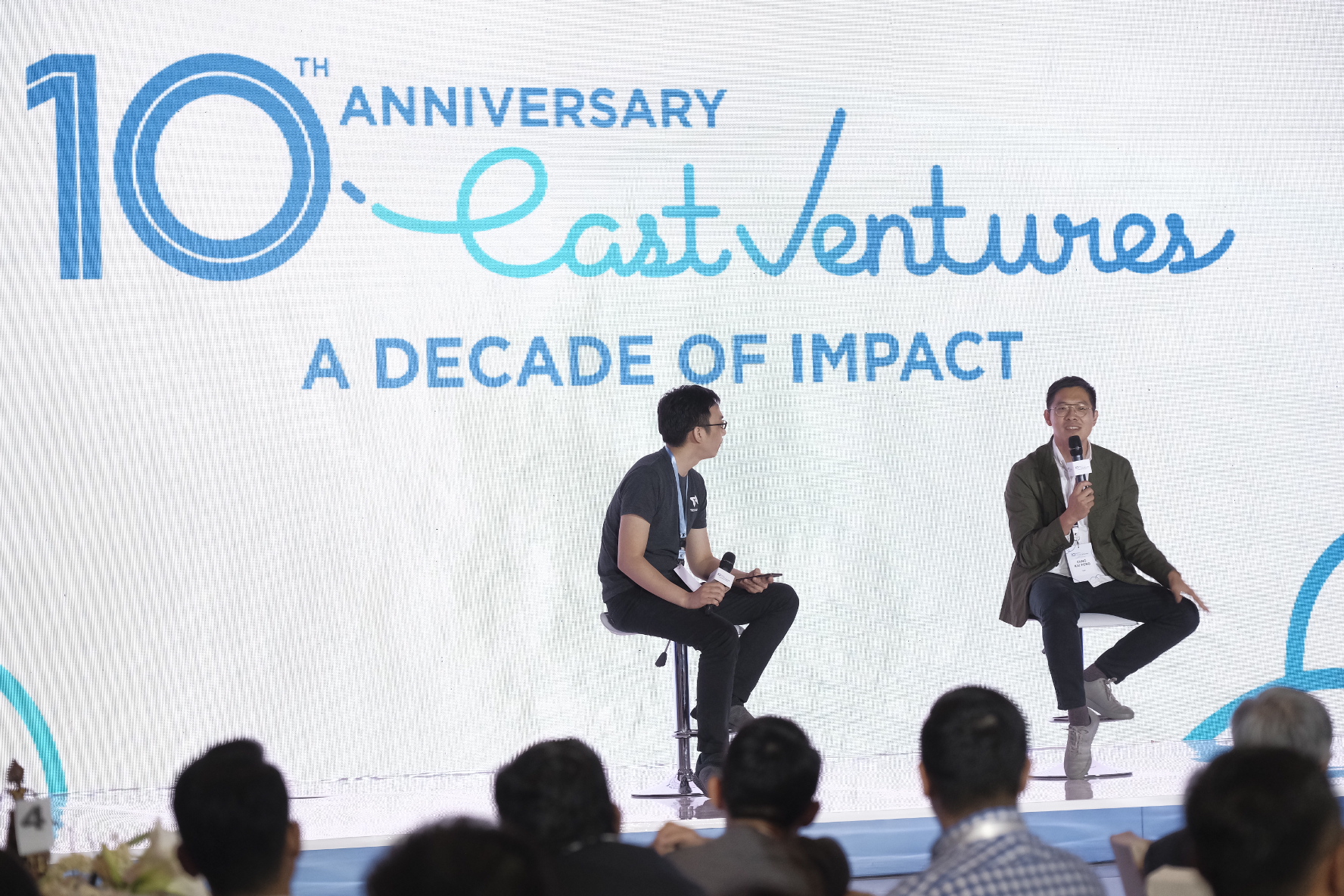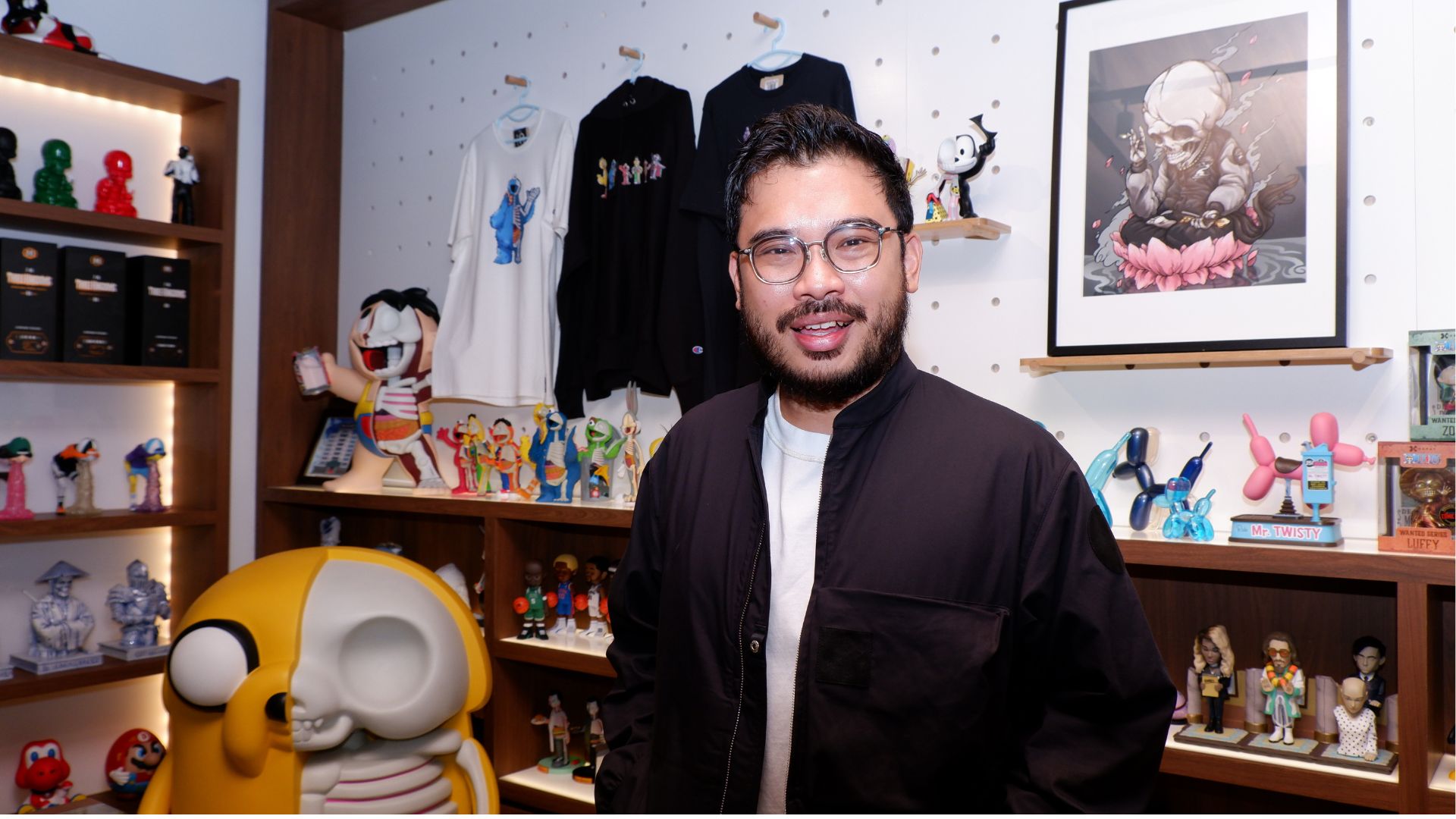At East Ventures’ 10th Anniversary event, Chng Kai Fong (Managing Director of the Singapore Economic Development Board) shared his perspective on Indonesia – Singapore’s relationship, particularly on the digital economy landscape.
According to him, as the closest neighbor, Indonesia plays an important role in the Singapore economy. That’s why he always suggests that every Singaporean entrepreneur and young people that they can’t start a business for Singapore alone. They have to expand their venture to other countries in the region like Indonesia and learn Bahasa Indonesia.
“We’ve been doing it at all levels, from secondary school to college. We do it to increase their interest in the region,” Kai Fong said.
Until recently, some Singaporeans decided to move to a developed region like Europe or Japan to pursue new opportunities. However, according to Kai Fong, a lot of them have realized the opportunity in Southeast Asia and decided to stay in the region.
Lack of senior digital talents in Southeast Asia
According to Kai Fong, the biggest challenge faced by the digital economy ecosystem in Southeast Asia is the lack of talents. This region indeed has a lot of developers, but only a few of them are qualified as senior product managers and engineers.
“I hear this feedback from almost all large tech companies’ CEOs. We haven’t had a history of making a billion users type system,” he said.
Singapore Economic Development Board has tried to solve the issue by going to Silicon Valley and Europe, which has a more mature ecosystem, explaining the potential of Southeast Asia.
Another way to solve this problem is by approaching Southeast Asian people who work or live in other regions (diaspora). Ferry Unardi from Traveloka is a clear example. He worked in the US and decided to return to Indonesia because he wants to start Traveloka. Similar stories have been emerged everywhere, like in Myanmar, Thailand, the Philippines, and Vietnam.
“Southeast Asia is actually very well represented in prominent tech firms in Silicon Valley. I was quite surprised. I saw Vietnamese, Indonesian, and Singaporean in senior engineering positions in the Valley. I think the key is to work with them, keep in contact with them, and bring them back,” Kai Fong said.
However, every country in Southeast Asia has to work together to solve this problem. For example, Indonesia will be where most of the actions happen due to its large population. On the other hand, Singapore can help to attract talents, make the center of engineering and data science.
“Let’s say there are talents that come from Europe and Silicon Valley. They often come to Singapore first and spend time there. Then, they will realize there is an opportunity in Indonesia.” Kai Fong said.
Kai Fong also said that it is important for unicorn startups like Tokopedia and Traveloka to keep growing until they have experience in working alongside top engineers.
“I hope you (William and Ferry) got a good exit, so you can create a mafia to propagate more startups. I think that’s how the cycle work,” he said.
How to check the economic condition of a country?
As a region, almost every country in Southeast Asia is growing. Indonesian is the epicenter because of its huge demographics, its focus on infrastructure, and its openness to foreign direct investment. Vietnam receives a lot of benefits from US-China trade tension because it has a strong manufacturing base and a tremendous number of STEM graduates. Myanmar’s economy is also starting to take off.
In addition to demographics, Southeast Asia is also growing because people are moving towards consuming more expressional goods rather than just basic necessities. Kai Fong also shared 4 key questions that might pose an indicator as to when the economy of a country is starting to take off. All of these conditions happened to most countries in Southeast Asia.
- How crowded is the flight to the country?
- How vibrant is the nightlife?
- How crowded is the street there?
- How many hipster coffee chains are there?
However, Kai Fong reminded the audience that the digital economy in Southeast Asia is still in its infant stage. Players in the region still face several internal and external challenges, such as limited talent pool, the trade war between the US and China, declining supply chain demand, declining China’s economy, not to mention the problem with WeWork and Uber.
“Let’s not think that we’ve already arrived. It’s like a trap. I’m a little bit worried when we talk as if this is already our time under the sun. I think we need to keep our head down, keep working and get up there,” he said.
Met the unique venture capitalist
When talking about his first encounter with East Ventures’ Managing Partner Willson Cuaca in 2017, Kai Fong admitted that he found Willson’s character is so strange. At that time, Willson explained that he doesn’t need to look at the business plan when he wants to invest in startups.
“He sees the founder. Sometimes, he only needs to call them. After half a minute, he will decide. I said, what is this crazy weirdo telling me?” Kai Fong recalled.
However, he checked him up and asked a few people, and he realized that Willson is like a seed king of Indonesia. That’s why he began to be more intrigued about what’s happening in his brain.
“Every year you see unicorn startup come up from his portfolio, so I’m waiting to see what’s next. If you’re a founder, meet Willson. I’m sure he will direct you to the right people,” Kai Fong closed.
Next Video: Ruangguru and Sociolla’s Session >
< Previous Video: Fireside Chat with Founder of Tokopedia and Traveloka







